|
Characteristics |
Details |
|
Also Known As |
Faux wool fabric, Plush Sherpa |
|
Manufacturing Process |
Knitting, fiber raising, brushing, and finishing |
|
Appearance |
Soft, fluffy texture resembling sheep’s wool with a smooth backing |
|
GSM Range |
180 GSM – 350 GSM |
|
Composition Range |
100% Polyester or polyester blends (e.g., polyester-acrylic) |
|
Construction Range |
Warp knit or circular knit |
|
Thread Density Range |
190T – 420T |
|
Count Variations |
50D/75D – 150D |
|
Full Width |
57/58”, 59/60”, 71/73” |
|
Fabric Breathability |
Moderate |
|
Moisture-Wicking Abilities |
Good (absorbs and evaporates moisture effectively) |
|
Heat Retention Abilities |
Excellent (traps heat effectively in cold conditions) |
|
Stretchability |
Limited (unless blended with spandex) |
|
Prone to Pilling/Bubbling |
Low (with proper care and anti-pilling treatment) |
|
Country of First Production |
United States (1979) |
|
Biggest Exporter Country |
China (Exports over 60% of the global demand) |
|
Recommended Washing Temperatures |
Cold water (30°C or below) |
|
Applications |
Jackets, hoodies, loungewear, blankets, throws, pet accessories, cushion covers, baby gear |
Table Of Contents
What is Soft Sherpa Fabric?
Soft Sherpa fabric is a synthetic fleece-made plush fabric. It is designed to mimic the texture and feel of real sheep’s wool. It is named after the Sherpa people of Nepal, who wear woolen garments for extreme cold. Traditional sherpa’s clothing offers a similar cozy warmth. But now soft sherpa provides without the heaviness or cost of actual wool.
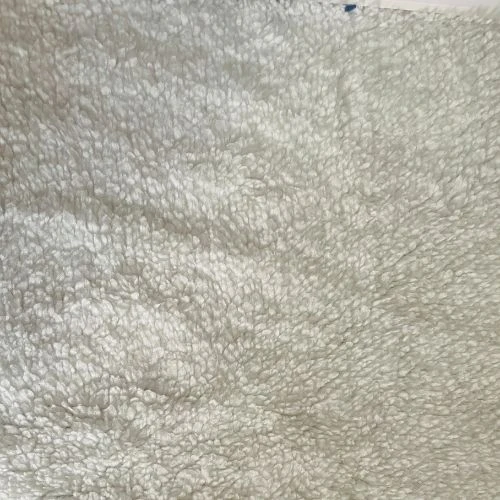
Figure: White Soft Sherpa Fabric
Unlike traditional sherpa fabric, "soft Sherpa" stands out for its extra smoothness. It’s often used in items that demand a luxurious touch, making it a favorite in winter wear and home accessories.
How Soft Sherpa is Different from Hard Sherpa?
Soft Sherpa and hard Sherpa differ mainly in texture, purpose, and feel. Soft Sherpa is plush, fluffy, and smooth, designed for comfort and warmth, making it ideal for clothing, blankets, and home décor. It’s lightweight, flexible, and crafted to mimic the softness of natural wool.
In contrast, hard Sherpa is coarser, more rigid, and built for durability, often used in heavy-duty applications like outdoor gear, upholstery, and camping blankets. While soft Sherpa prioritizes coziness and personal use, hard Sherpa focuses on toughness and long-lasting performance.
Types of Soft Sherpa Fabric
Types of Soft Sherpa fabric can be divided by their functional features and applications. Here I tried to draw a classification based on soft sherpa fabric applications.
|
Types |
Description |
Applications |
|
Regular Soft Sherpa |
The standard type, is soft and fluffy with a wool-like texture and a smooth knit backing. |
Hoodies, jackets, blankets, throws, and baby products. |
|
Recycled Soft Sherpa |
Made from recycled polyester, offering an eco-friendly and sustainable alternative. |
Eco-conscious fashion, blankets, and loungewear. |
|
Double-Sided Sherpa |
Features the Sherpa texture on both sides, providing extra warmth and plushness. |
Luxury blankets, cushion covers, and high-end winterwear. |
|
Bonded Sherpa |
Sherpa is bonded to another material (like fleece or a woven fabric) for added strength and versatility. |
Winter coats, upholstery, and pet accessories. |
|
Stretch Sherpa |
Blended with spandex for slight stretch, adding flexibility without losing softness. |
Fitted loungewear, gloves, and flexible home textiles. |
|
Anti-Pilling Sherpa |
Specially treated to resist pilling, ensuring long-term durability and a smooth appearance. |
Everyday garments, children’s wear, and heavily washed items. |
|
Printed Sherpa |
Comes with printed patterns or designs, adding style to the soft texture. |
Fashionable jackets, personalized blankets, and decorative accessories. |
|
Water-Resistant Sherpa |
Coated with a finish like PU or TPU to repel moisture and increase durability. |
Outdoor clothing, moisture-resistant throws, and functional accessories. |
|
Sherpa Lining |
Used as a lining material in garments or accessories to add warmth and insulation. |
Jackets, boots, gloves, and bags. |
How is Soft Sherpa Fabric Made?
Soft Sherpa fabric is typically made from polyester, nylon, or both. Manufacturers use advanced knitting techniques to create a fluffy, fleece-like texture on one side and a smooth or knitted base on the other.
The process involves:
- Knitting the base layer: A durable backing fabric material forms the foundation.
- Inserting the Plush: Insert the woolen fiber into the base material.
- Raising fibers: Machines brush and raise the fibers to create the signature fluffy surface.
- Finishing touches: The fabric is treated to enhance softness, durability, and anti-pilling properties.
Key Features of Soft Sherpa Fabric
- Unmatched Softness: It feels like a warm hug—perfect for chilly days.
- Excellent Thermal Insulation: Traps heat efficiently, keeping you warm in temperatures as low as 20°F (-6°C).
- Lightweight: Despite its warmth, it’s surprisingly light, making it ideal for layering.
- Moisture-Wicking: Absorbs and wicks moisture, ensuring comfort even during mild activity.
- Durability: It stands up well for regular use and washing, resisting wear and tear.
Applications of Soft Sherpa Fabric
The uses of soft Sherpa fabric are wide-ranging:
- Clothing: Jackets, hoodies, loungewear, and baby onesies. Perfect for outdoor activities and cozy nights in.
- Home Décor: Throws, blankets, and cushion covers for adding a warm touch to living spaces.
- Pet Accessories: Pet beds and jackets that keep your furry friends snug.
Fun fact: Over 80% of Sherpa blankets sold in the U.S. are used during the fall and winter seasons!
Advantages of Soft Sherpa Fabric
- Warmth Without Bulk: Offers warmth comparable to wool, but without the weight.
- Affordable Luxury: Costs a fraction of natural wool but looks and feels just as good.
- Low Maintenance: Easy to wash, quick to dry, and resistant to shrinking or wrinkling.
- Eco-Friendly Options: Many soft Sherpa fabrics are now made from recycled polyester, reducing environmental impact.
Caring for Soft Sherpa Fabric
Want your Sherpa fabric to last for years? Follow these simple tips:
- Washing: Use cold water and a gentle detergent. Avoid fabric softeners. It can reduce fluffiness.
- Drying: Air-dry or tumble-dry on low heat to maintain softness.
- Storage: Fold and store in a cool, dry place away from direct sunlight.
Avoid ironing—it can damage the fibers.
Conclusion
Soft Sherpa fabric is the ultimate combination of comfort, style, and functionality. Whether you're lounging at home, layering up for a winter hike, or adding a touch of warmth to your living space, this fabric is a top choice. Its softness, affordability, and versatility make it a staple for any season.
FAQs
- Is soft Sherpa fabric sustainable?
Many manufacturers use recycled polyester, making it a more eco-friendly option. Always check product labels for details. - Can soft Sherpa fabric cause allergies?
It’s hypoallergenic and safe for most skin types. However, sensitive individuals should look for certified non-irritating options. - How does soft Sherpa fabric compare to fleece?
Both are warm, but soft Sherpa is fluffier and mimics the texture of wool more closely. - Does soft Sherpa fabric lose its fluffiness over time?
Proper care ensures it stays plush for years. Avoid using harsh detergents or high heat. - Can I wear soft Sherpa fabric in the rain?
While it’s not waterproof, it dries quickly and retains warmth even when damp. Pair it with a waterproof outer layer for best results.
Enjoy the cozy charm of soft Sherpa fabric in your wardrobe and home—you won’t regret it



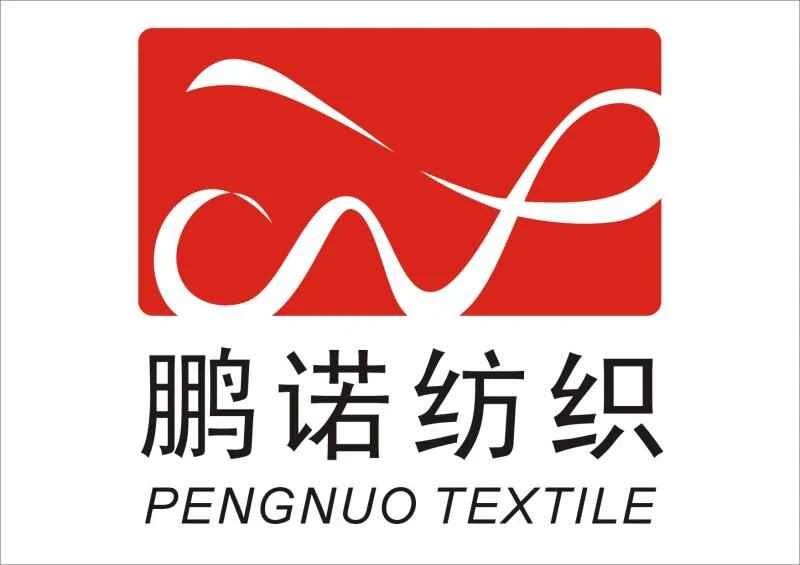

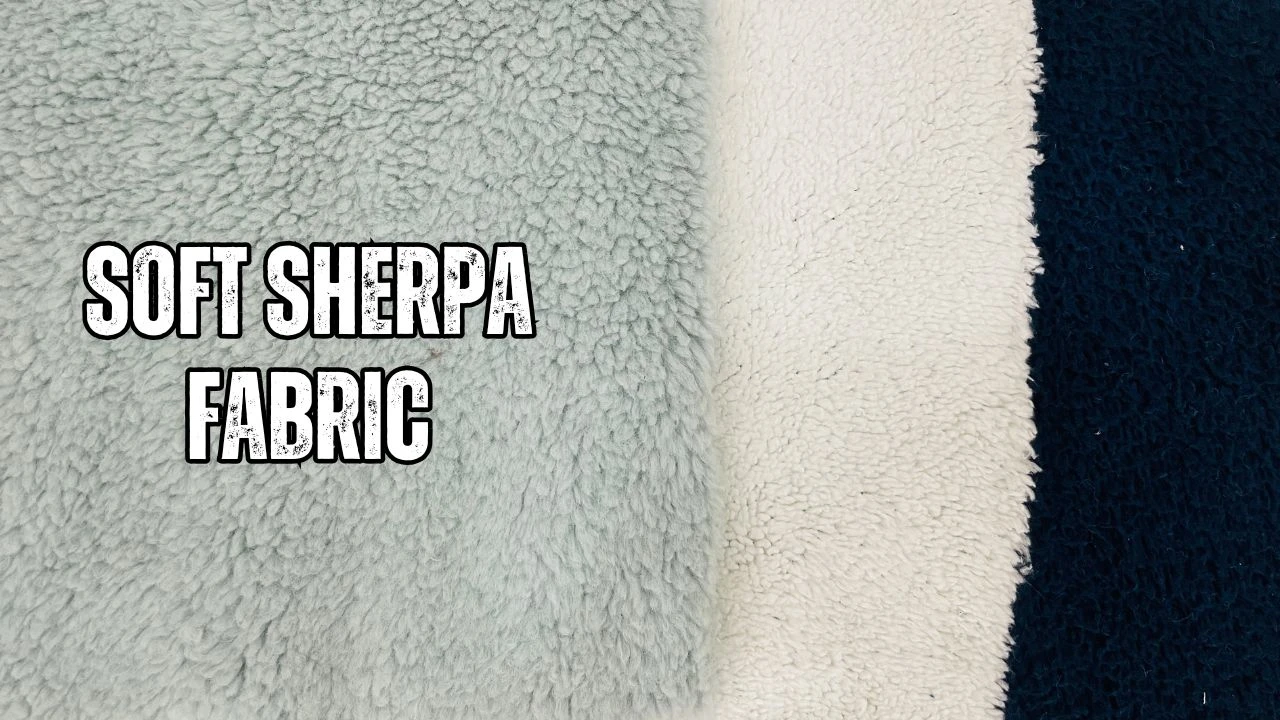
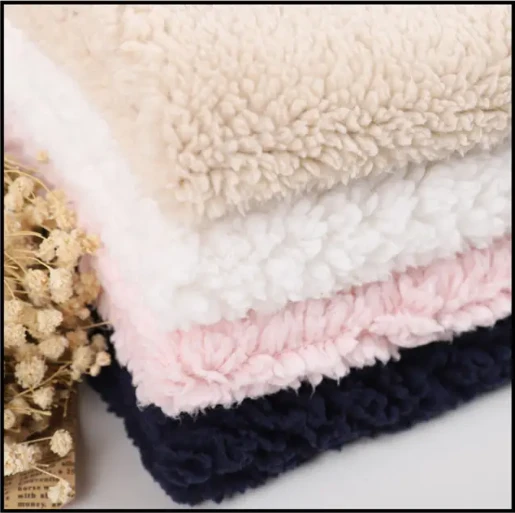
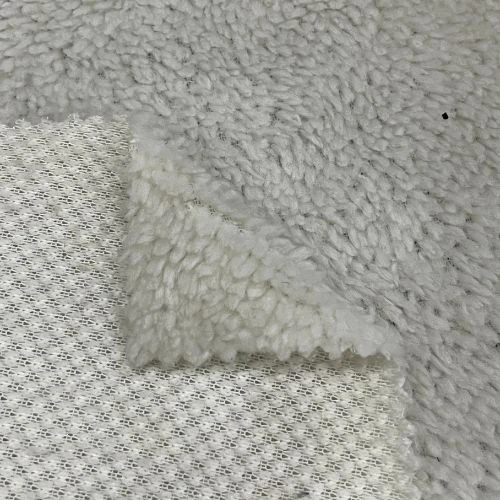
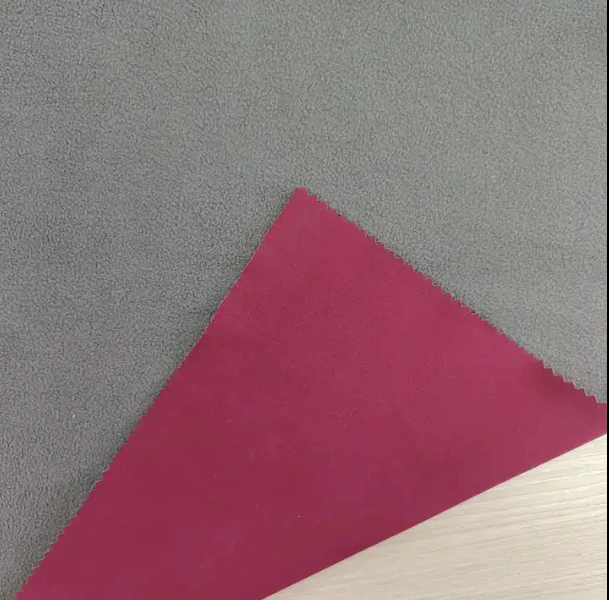
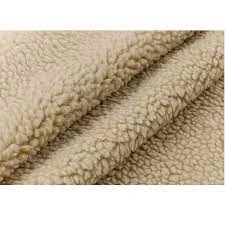
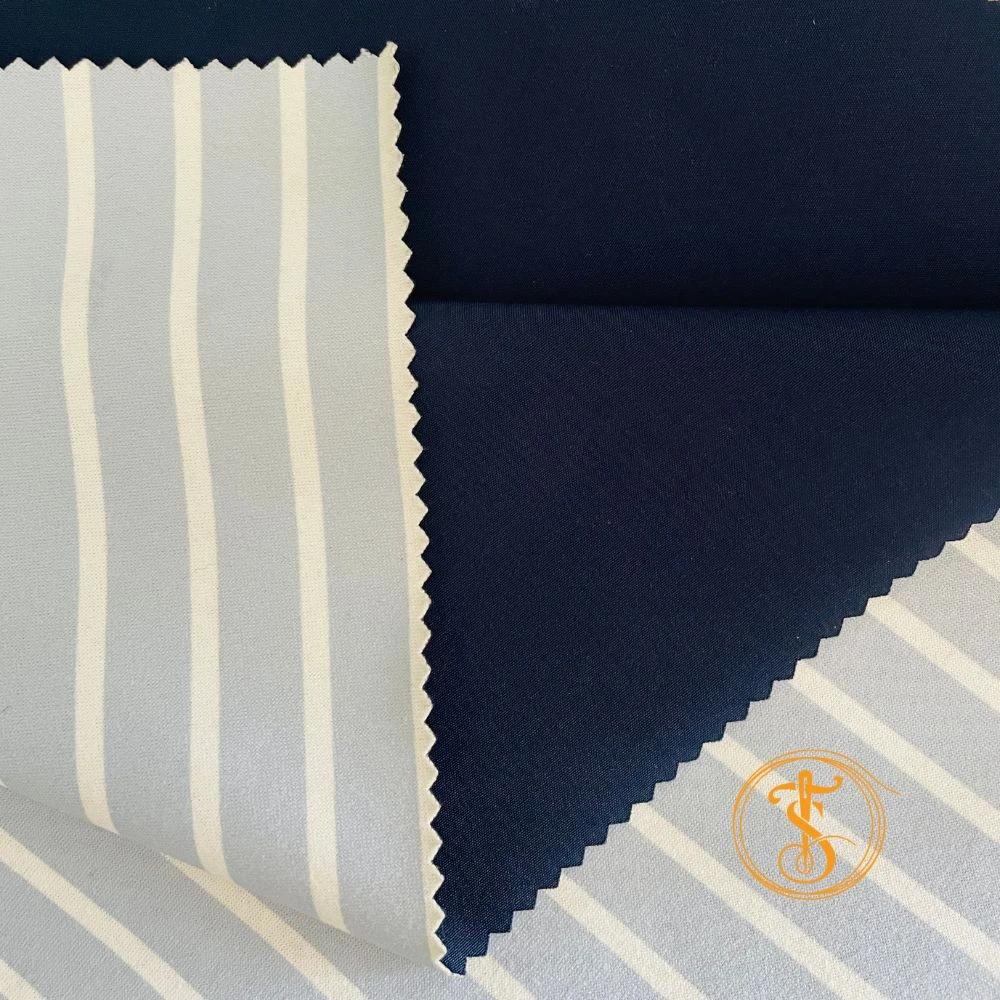
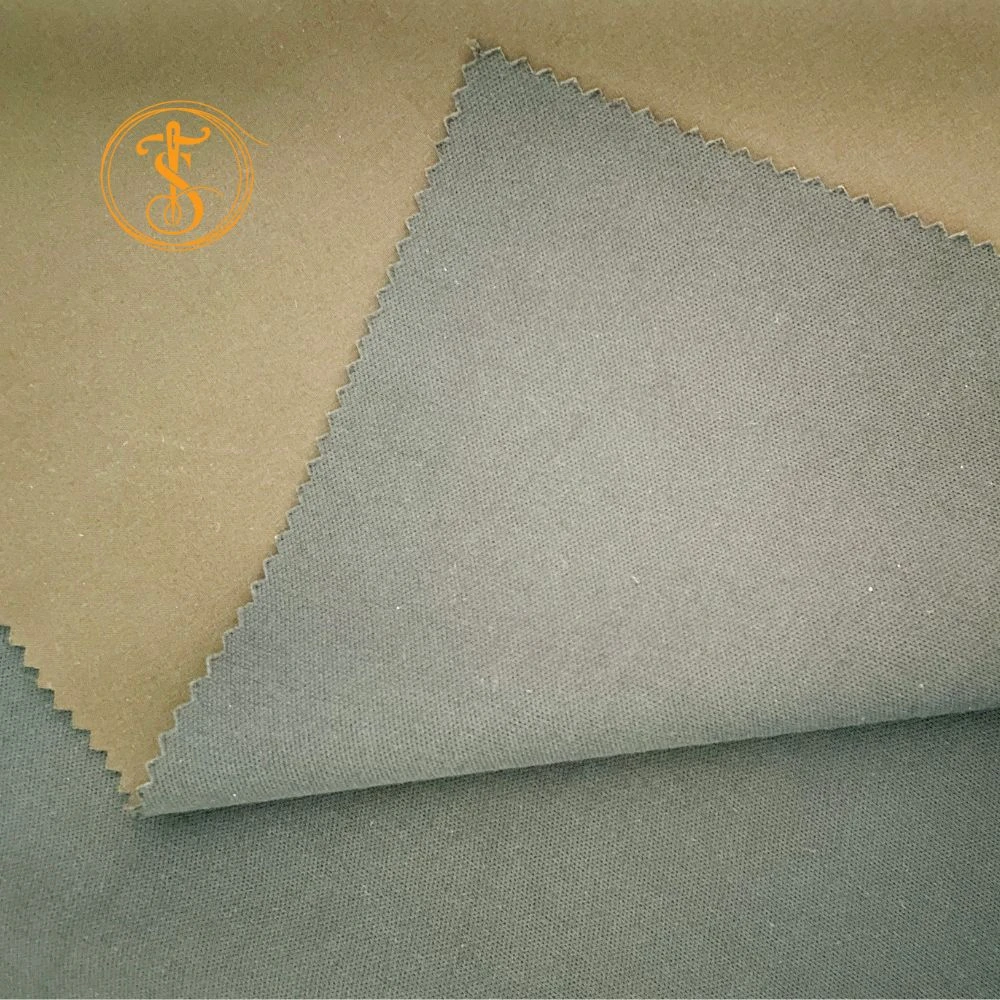
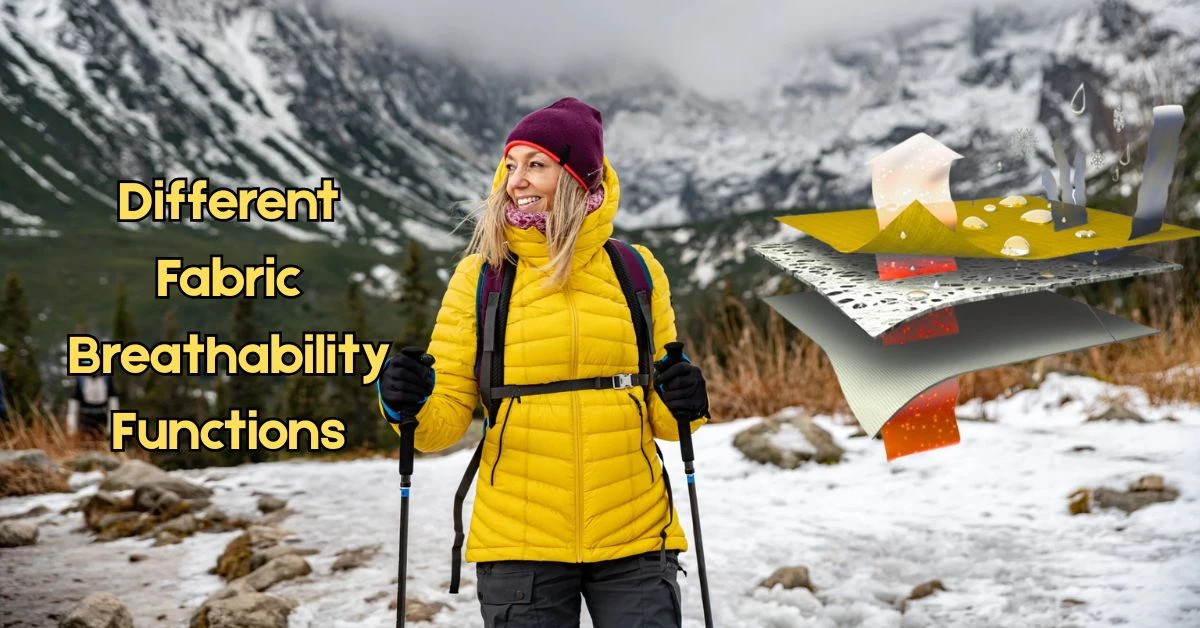
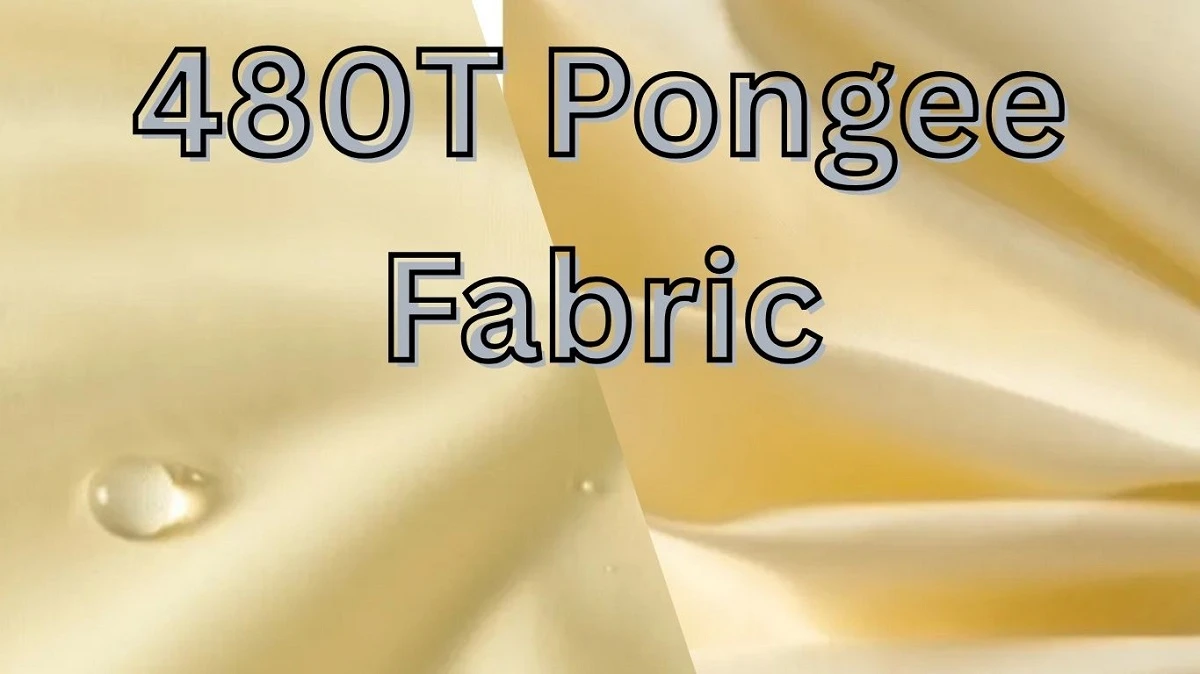
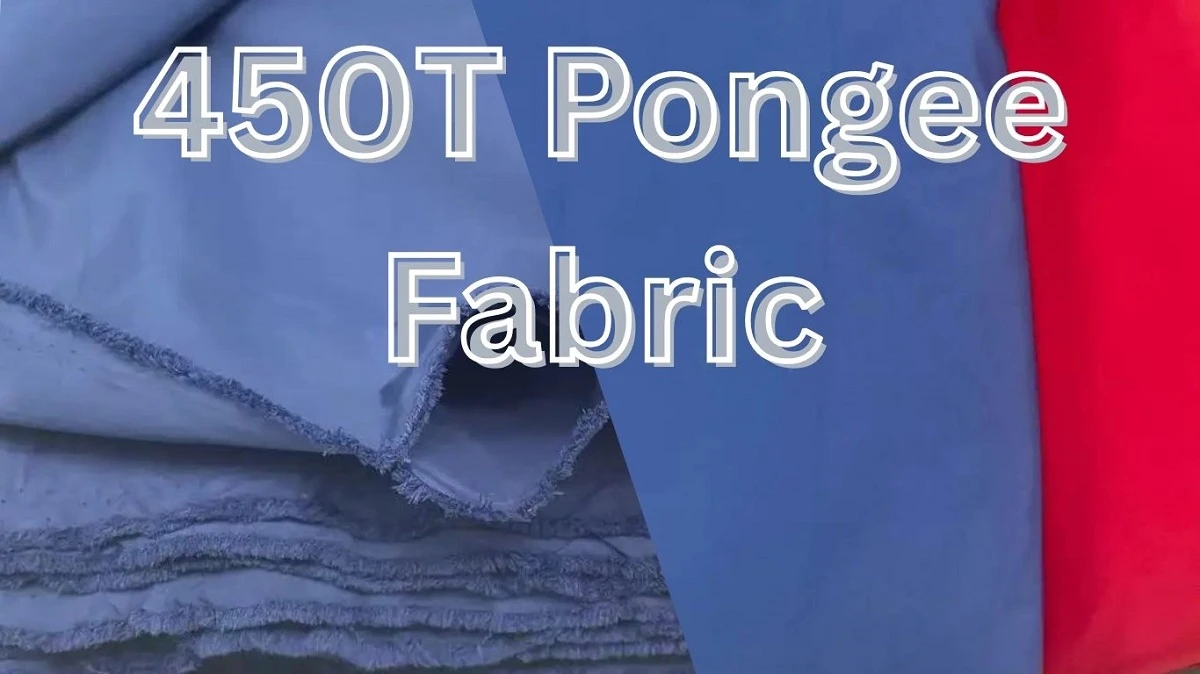
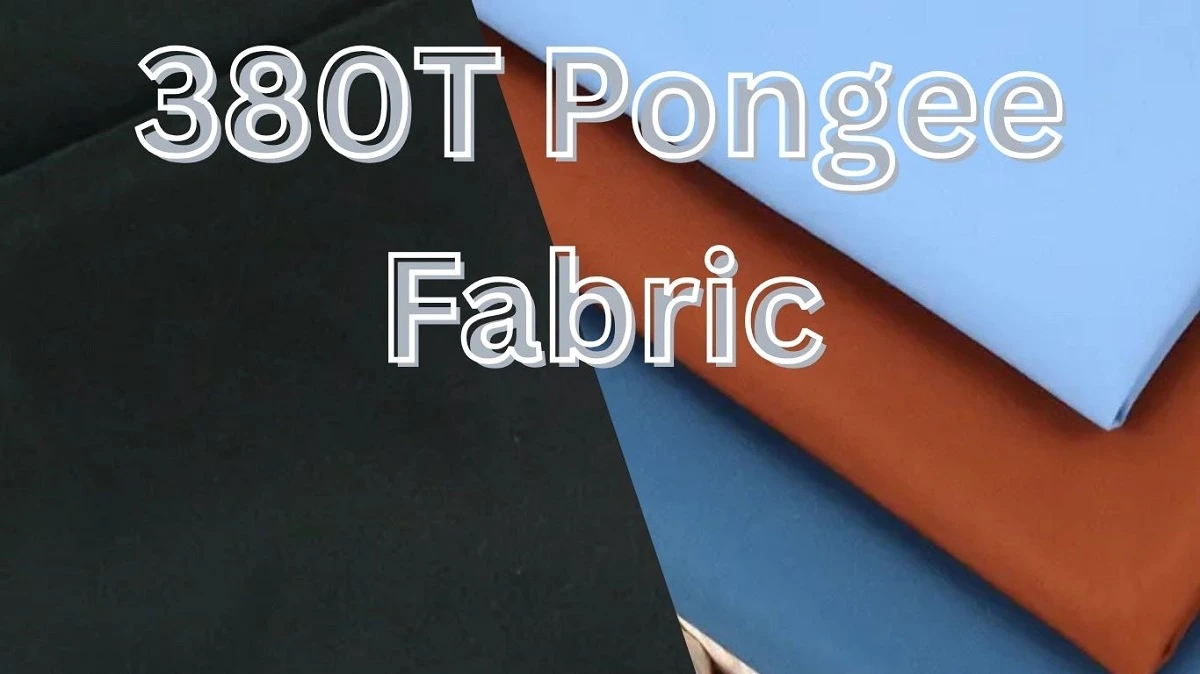
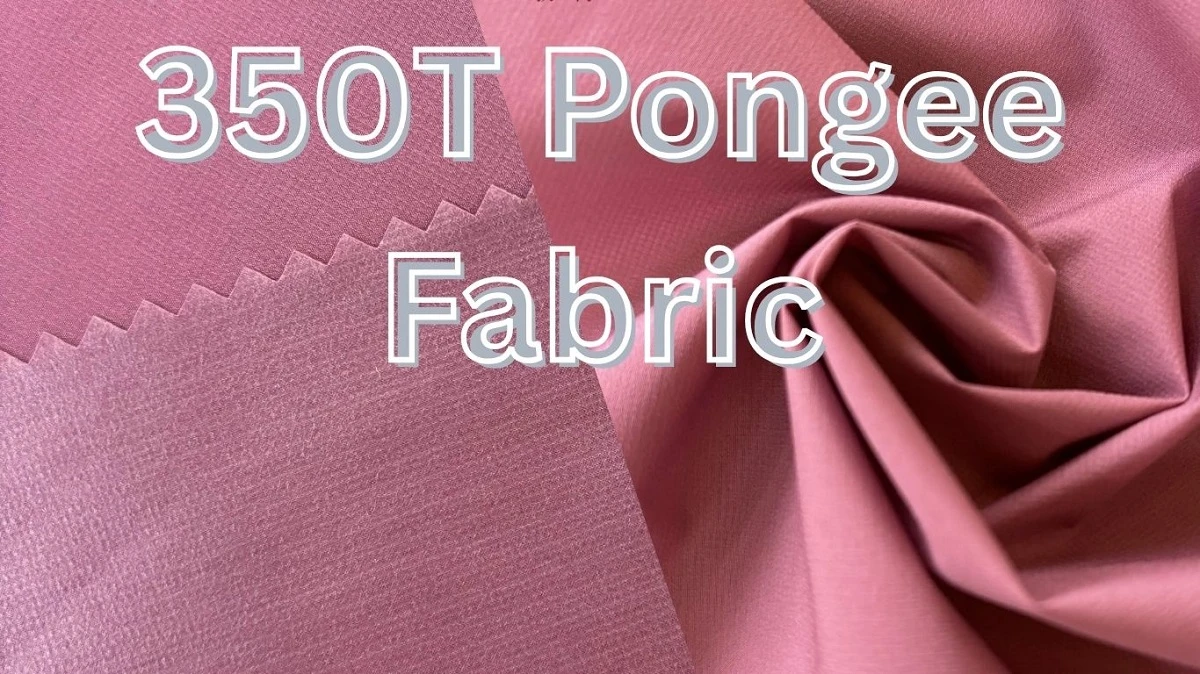
Comments - 00
Leave A Reply
Thanks for choosing to leave a comment.